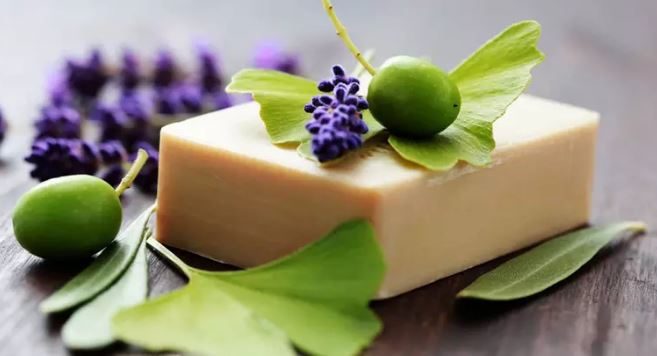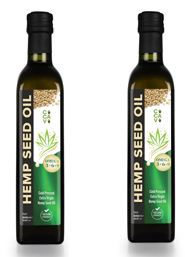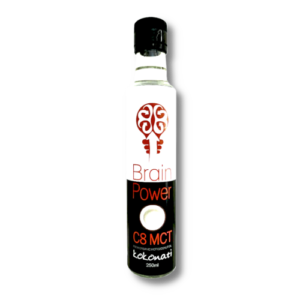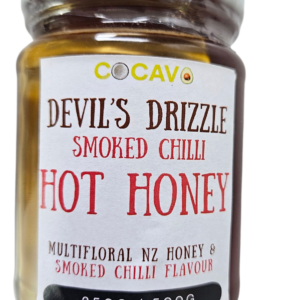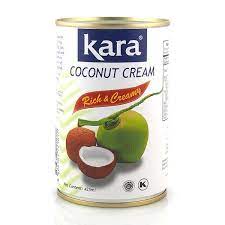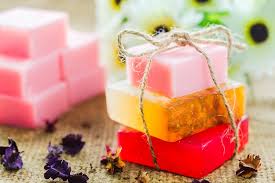
Tell me about making my own soap.
The advantage of making your own soaps is that you get to control what goes in it. No nasty chemicals or ingredients! You can make your soaps as organic and natural as you want them to be and you can make sure you use ingredients that you know to be safe and non-toxic to your skin and body. You control the whole process from buying your ingredients to making your final product.
A good DIY project is always a fun creative outlet to experiment with new things. Making your very own homemade soap is not only easy, but it will also help you know what you are putting on your body. Best of all these soaps can keep you feeling clean and fresh without the harsh chemicals involved.
SOAP MAKING PROCESSES CAN BE AS SIMPLE OR COMPLEX AS YOU WANT:
HERE’S THE EASIEST: Cold Process
This process involves making a soap base from scratch. In short, you mix lye with an oil or fat, add in some other ingredients, and watch it become soap.
It’s one of the more popular processes, giving you total control over all the ingredients in the soap, which might be one of the reasons people like it.
Hot Process
It’s basically like the cold process, except with heat. The heat speeds up the process, and you can use a microwave, crockpot or oven.
Making Soap is a little bit of a science experiment and a little bit of good baking skills.
Our HBH Soaps are kept simple, using the benefits from Nature and essential oils they are fragrance–free.
You need to know how each ingredient will react with the other.
The Saponification of Olive, Coconut, Grapeseed oils, with Goats Milk and Sodium hydroxide (lye) Mixed together to a ‘Trace’ (thick custard) creates the soap, before pouring out into soap moulds to hold its shape.
Using 3 different oils along with the fats from the Goats Milk gives our soap a good lather and firmness when wet.
After 48hrs setting time, it is hand cut into Bars, then is cured for 4-6 weeks on wooden racks, completing the soap making process. All of the soaps are individually hand wrapped before its next journey – to you!!
HIGHBROOK HILL SOAPS are made using Goats Milk and quality oils. Check them out here:
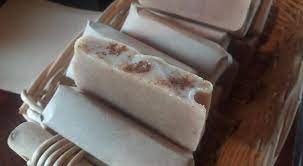

One of the most important aspects of any recipe is the oils and butters you choose. They affect moisturizing properties, how well the bars lather, and the designs you’re able to create. Here is a short list of the most popular oils used for DIY soap making.
Avocado Oil
Avocado oil makes a soft bar of soap and is generally used at 20% or less in cold process recipes. It’s rich in vitamins A, B, D, and E. The high levels of fatty acids make it great for lotion, body butter, and conditioner as well.
Coconut Oil
This is one of the most common raw materials used in the soap and cosmetic industry. It comes in several versions, including 76 and 92°F melting point oils – ours is 76°F. Both have the same SAP value. Coconut oil is super cleansing and produces large bubbles in cold process. It’s so cleansing that it can be drying. It can be used up to 33%, but we recommend using it around 15% if you have sensitive or dry skin.
Olive Pomace & Pure Olive Oil
This is a staple in cold process recipes. It’s a thick oil that moisturizes the skin and creates creamy lather. Compared to pomace, pure olive oil creates softer bars and takes longer to trace. It can be used up to 100% in cold process.
Sunflower Oil
Sunflower oil is rich in essential fatty acids and vitamin E, making it it one of the more cost-effective oils. It produces a lather that is incredibly conditioning on the skin. It does have a slower absorption rate, so it can feel slightly oily on the skin in leave-on recipes like balms and lotions. To help increase the shelf life of this oil, be sure to keep it refrigerated. It can be used in cold process recipes up to 100% but generally 20% is used by most people.
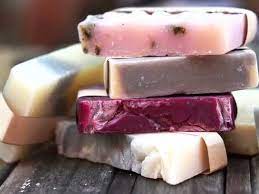
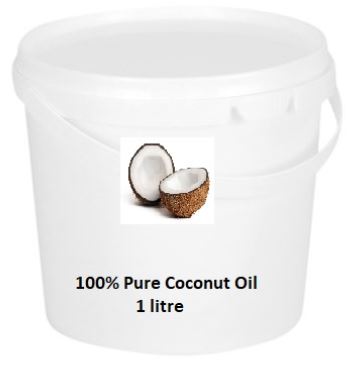
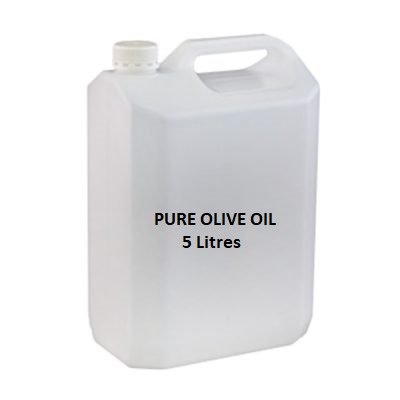

Are you a member of In My Soap Pot? If so, you can enjoy a great discount on oils and other products purchased from the Cocavo online shop www.cocavo.co.nz – contact Jackie at In My Soap Pot for the discount voucher.
SIMPLE SOAP RECIPES USING COCAVO OILS:
Soapmakers Coconut and Avocado Oil Soap Recipe
Making soap uses strong alkali (caustic soda) which can be dangerous if not used correctly. It can
cause severe burns and can be fatal if ingested. CALL 111 (MEDICAL EMERGENCY)
IMMEDIATELY IF LYE IS SPLASHED IN EYE OR INGESTED.
Make sure you wear protective clothing (closed shoes, safety goggles, long sleeves, face mask
and gloves) when making soap.
INGREDIENTS
147 g caustic soda
294 g water
1000 g Soapmakers Coconut and Avocado Oil*
30 g essential oils or fragrance
INSTRUCTIONS
Part 1: Making the lye
1. Weigh out 294 grams cold water in a Pyrex jug or stainless steel container
2. Weigh out 147 grams caustic soda in another small container
3. Carefully add the caustic soda to the water and stir until dissolved (this is now called lye)
Part 2: Preparing the oils
1. Weigh out 1000 grams Soapmakers Coconut and Avocado Oil in a large bowl or container
2. Add 30 grams fragrance or essential oils and give it a quick stir
Part 3: Making the soap
1. Once the lye has cooled down to room temperature, add the lye to the oils
2. Stir with your whisk, or mix with your stick blender, until it starts to thicken
3. Pour the soap into the mould
Part 4: Curing the soap
1. The next day, unmould and cut your soap into bars.
2. Cure the bars of soap for another 8-10 weeks before using.
Soapmakers Mixed Oil Soap Recipe
Making soap uses strong alkali (caustic soda) which can be dangerous if not used correctly. It can
cause severe burns and can be fatal if ingested. CALL 111 (MEDICAL EMERGENCY)
IMMEDIATELY IF LYE IS SPLASHED IN EYE OR INGESTED.
Make sure you wear protective clothing (closed shoes, safety goggles, long sleeves, face mask
and gloves) when making soap.
INGREDIENTS
126 g caustic soda
252 g water
1000 g Soapmakers Mixed Oil*
30 g essential oils or fragrance
INSTRUCTIONS
Part 1: Making the lye
1. Weigh out 252 grams cold water in a Pyrex jug or stainless steel container
2. Weigh out 126 grams caustic soda in another small container
3. Carefully add the caustic soda to the water and stir until dissolved (this is now called lye)
Part 2: Preparing the oils
1. Weigh out 1000 grams Soapmakers Mixed Oil in a large bowl or container
2. Add 30 grams fragrance or essential oils and give it a quick stir
Part 3: Making the soap
1. Once the lye has cooled down to room temperature, add the lye to the oils
2. Stir with your whisk, or mix with your stick blender, until it starts to thicken
3. Pour the soap into the mould
Part 4: Curing the soap
1. The next day, unmould and cut your soap into bars.
2. Cure the bars of soap for another 8-10 weeks before using
Soapmakers Pomace Olive Oil Soap Recipe
Making soap uses strong alkali (caustic soda) which can be dangerous if not used correctly. It can cause severe burns and can be fatal if ingested. CALL 111 (MEDICAL EMERGENCY)
IMMEDIATELY IF LYE IS SPLASHED IN EYE OR INGESTED.
Make sure you wear protective clothing (closed shoes, safety goggles, long sleeves, face mask
and gloves) when making soap.
INGREDIENTS
127 g caustic soda
254 g water
1000 g Soapmakers Pomace Olive Oil*
30 g essential oils or fragrance
INSTRUCTIONS
Part 1: Making the lye
1. Weigh out 254 grams cold water in a Pyrex jug or stainless steel container
2. Weigh out 127 grams caustic soda in another small container
3. Carefully add the caustic soda to the water and stir until dissolved (this is now called lye)
Part 2: Preparing the oils
1. Weigh out 1000 grams Soapmakers Pomace Olive Oil in a large bowl or container
2. Add 30 grams fragrance or essential oils and give it a quick stir
Part 3: Making the soap
1. Once the lye has cooled down to room temperature, add the lye to the oils
2. Stir with your whisk, or mix with your stick blender, until it starts to thicken
3. Pour the soap into the mould
Part 4: Curing the soap
1. The next day, unmould and cut your soap into bars.
2. Cure the bars of soap for another 8-10 weeks before using.
For more soap recipes go to http://www.inmysoappot.co.nz/

